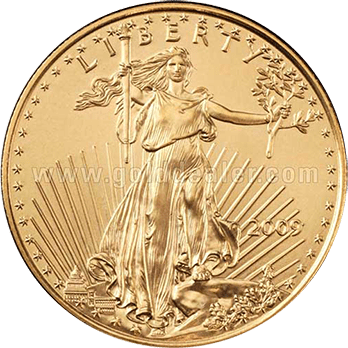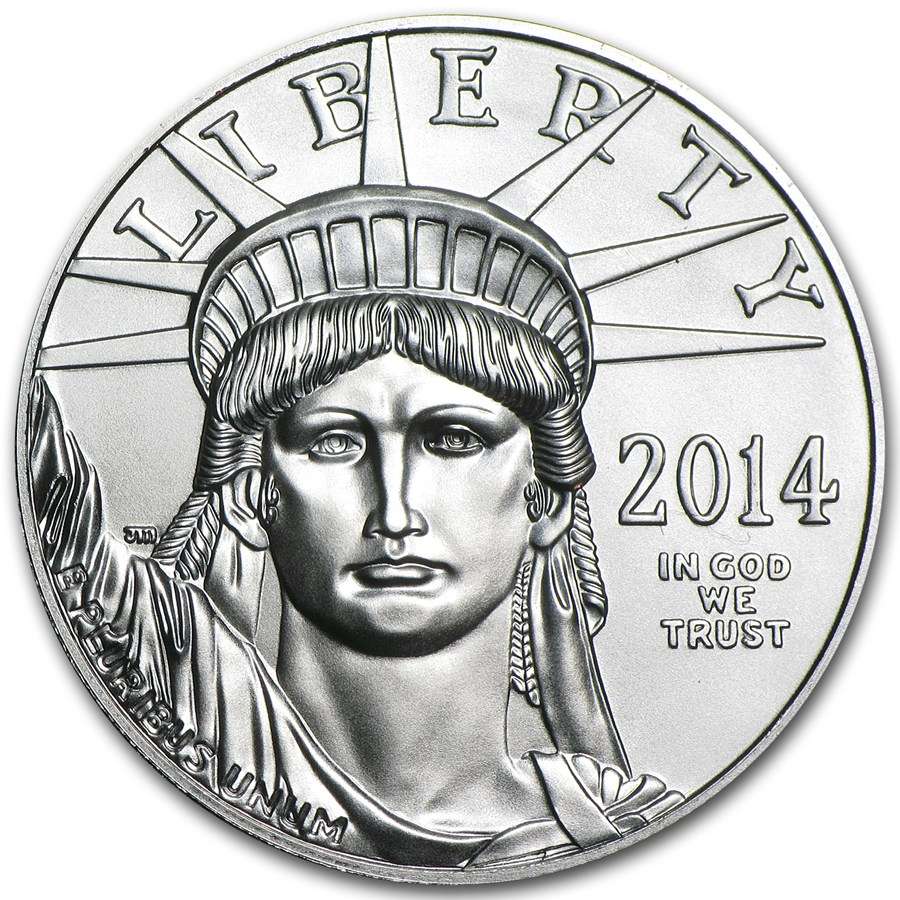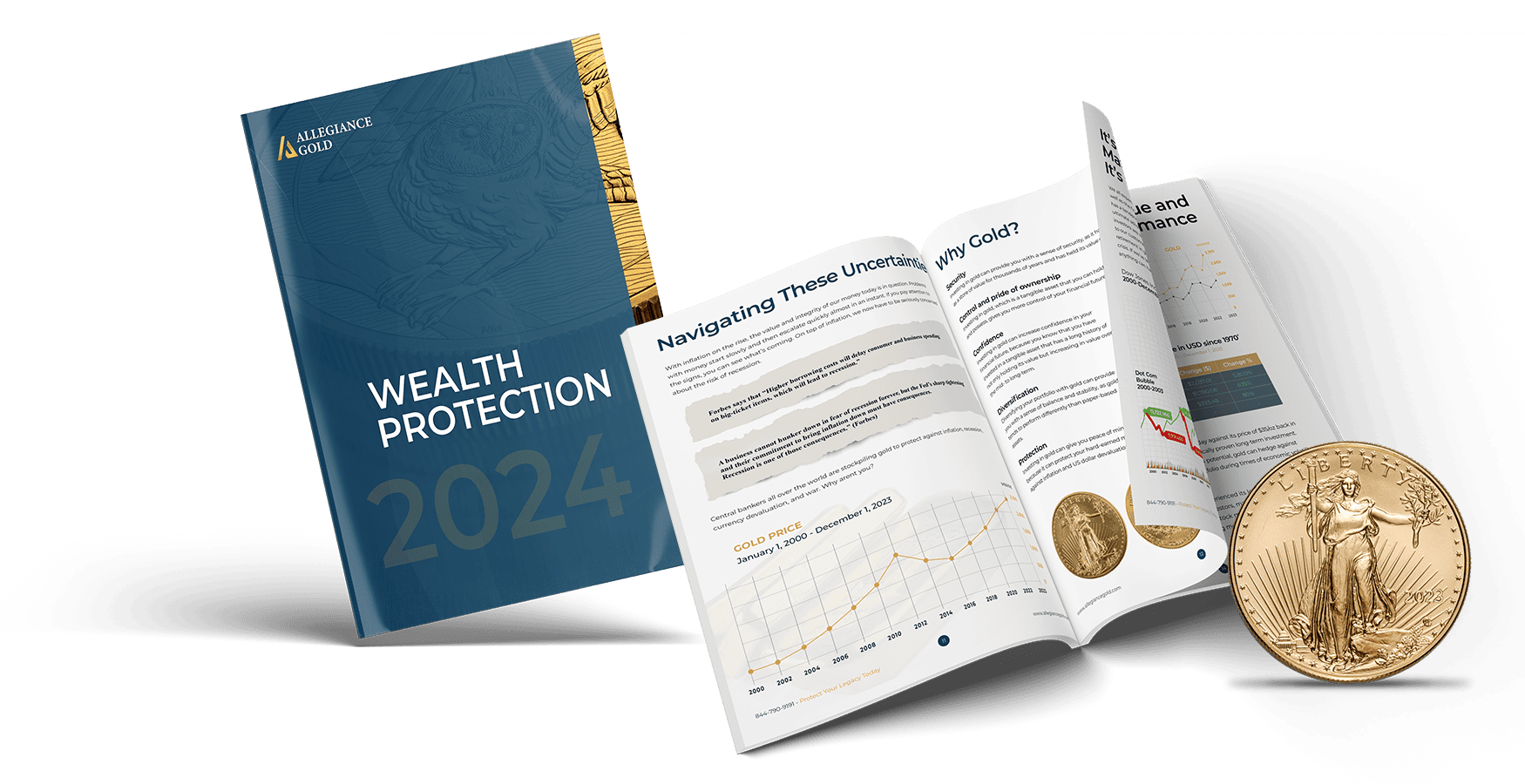What U.S. Secretary Janet Yellen Means for Gold
It was announced yesterday, November 24th, 2020, that Biden would be appointing Janet Yellen, who was a former Chair of the Reserve, as Treasury Secretary. By President-Elect Biden making this decision, this makes her the first female secretary in U.S. history.
Janet Yellen is no stranger to firsts, becoming the first woman to hold the position of chair in the Federal Reserve from 2014 to 2018. Yellen also held a position on the chair of The White House Council of Economic Advisors from 1997 to 1999.
During her time at the Federal Reserve, Yellen was criticized for not moving to stimulate the economy as fast as other officials in the government wanted her to. As a strong advocate for income inequality, Yellen is not conservative when it comes to necessary fiscal spending. Her appointment has sparked a conversation between investors, economists, and politicians, as she has previously described fiscal relief as necessary. She also shares similar views with her predecessor Powell, who believes more monetary and fiscal support will be needed until the recovery is complete.
Protect your retirement, and request a FREE Investment Guide
A look at spending in 2020: In 2020, following the Federal Reserve’s announcement to carry out quantitative easing to increase the liquidity of U.S. banks, their balance sheets ballooned from $4.3 trillion to $7.2 trillion. Additionally, when the COVID-19 pandemic shook world economies, the U.S. debt has soared to 27 trillion. The CARES Act which was passed in March with $2.2 trillion in unemployment benefits, stimulus checks, and other COVID-19 related financial aid has already put a strain on the U.S. economy.
In order to meet budgetary deficits in a public health crisis that no one could have predicted, the government has turned to more quantitative easing (QE)—printing more money to supply the shortage. The problem with QE is that it contributes directly to inflation, devaluing the U.S. currency with every dollar that is printed. Though the announcement of a successful vaccine shifted markets last week, it won’t be until next year that we see proper distribution and use. This means that for at least another year, many Americans will rely on unemployment benefits, businesses will continue filing for bankruptcy, and the only solution would be more stimulus and government spending.
Yellen’s views on fiscal stimulus mean that we can expect government spending and debt to rise significantly over the next year. Brainard, a member of the U.S. Federal Reserve’s Board of Governors, had already announced earlier this year that for the next few years inflation would be inevitable and would rise at least 2%. LIMRA Secure Retirement Institute constructed a model demonstrating the effects of inflation on retirement savings and benefits over 20 years. In their model, it showed a 1% inflation rate would swallow up $34,406 and a 3% increase would cost more than $117,000.
The Safe Haven Asset
Historically, precious metals such as gold and silver have served as a hedge for inflation, due to the fact that they tend to move in the opposite direction of the stock market. Experts have predicted that as inflation manifests, gold will move towards the $2,000 per oz mark over the next year. With Yellen as Secretary, large banks have already started moving their assets into precious metals in anticipation of inflation and long-term market uncertainty. Whenever there has been any type of financial, social, or political unpredictability that leads to an economic crisis, gold has held its value and shown strength consistently—earning it the title as the safe-haven asset. The experts at Allegiance Gold can help guide you in the direction to diversify your portfolio and obtain the retirement savings you deserve.



 Custom Precious Metals IRA
Custom Precious Metals IRA Gold IRA
Gold IRA Gold Products
Gold Products Silver Products
Silver Products Platinum
Platinum